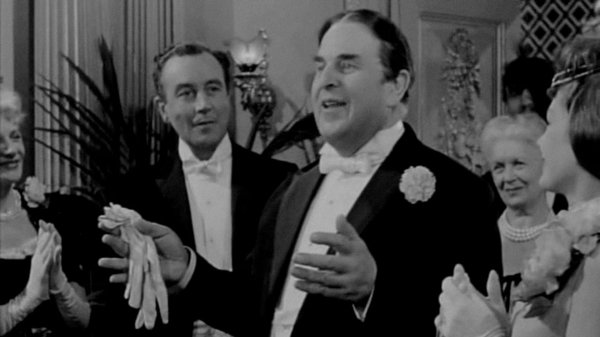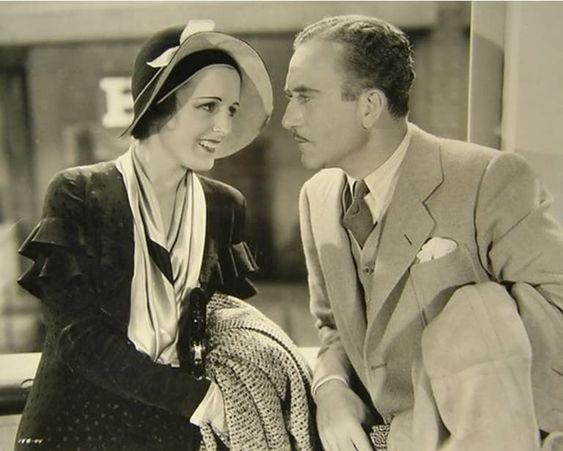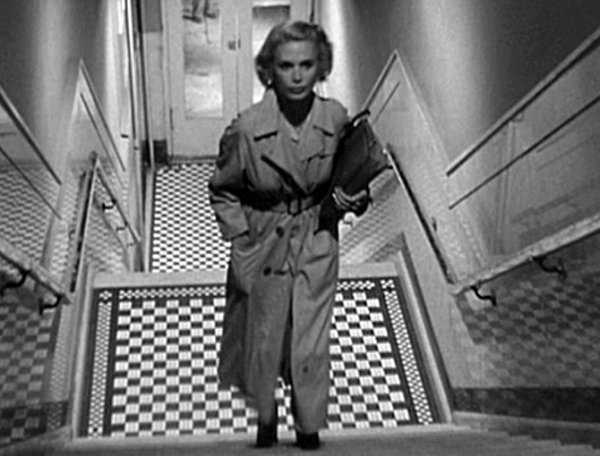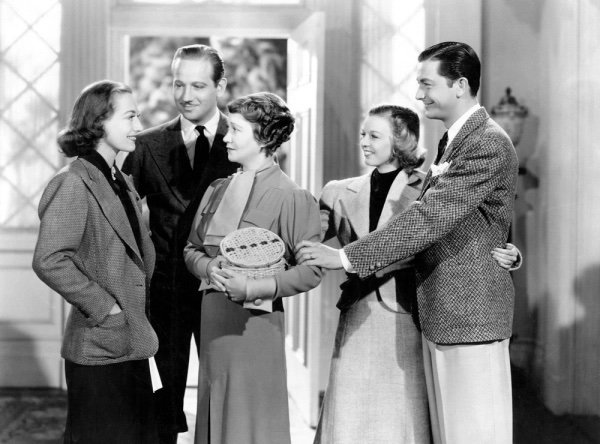Worf
I'll Lock Up
- Messages
- 5,174
- Location
- Troy, New York, USA
We watched KvG last night as well. Puddin' thought it was "alright". I guess we didn't mind the kid angle too much as at least it was kid to primate and not to lizard. Perhaps if we'd seen it on the big screen we'd a been more impressed. Still it gave my HT setup quite the work out I've a relatively big screen TV. I thought the fights were pretty damn good. Having seen apes in the wild I thought Kong moved as he should, you're correct in saying Godzilla moved like Baryshnikov as opposed to a kiloton of atomic breathing monster.Watch Godzilla Vs Kong last night as it came out yesterday on HBO Max. I found it rather... mediocre. I enjoyed the human drama interlaced into the first Godzilla movie. It felt very much like the original 1954 version to me, with strong atomic parallels. The second, much to the enthusiasm of the fans, featured much more monster action. It seemed very "Heisei Era" to me. Monster action, strong morals, strong human characterizations, no goofy, silly schlock.
GVK feels like it's a move set dead center in the peak of Showa Era Godzilla. Showa Era Godzilla was marked by characterizing Godzilla as this kid-friendly, silly, almost superhero type figure. He became a single father, formed a Kaiju Justice League, it was all very schlocky. GVK is no exception. A child is able to teach Kong sign language... secretly, Godzilla acts almost human in movements and mannerisms, and it's all tied together with rather lower quality visual effects. At least, low quality by today's standards.
This contrast is even starker by the fact that the previous two Godzilla films kept the effects very grounded. It wasn't bumbling like a man in a rubber suit, but it felt realistic. That all goes out the window with GVK. The movements are fast to the point of ridiculousness for creatures of this size, and I almost half-expected Godzilla to do that tail slide thing from Godzilla vs. Megalon. In all, I was actually kind of disappointed with this movie. It seemed like it had the potential to do something great, but took the schlock route instead.
I personally don't mind the change of era. I find that WWI is already underrepresented in film compared to WWII or Vietnam. The fact that America only entered the war in its final year probably makes it harder for Hollywood to push their more famous American faces, unlike WWII.
I also could've done without the ScoobyDoo crew complete with van. That was vile and ridiculous. To me it was a solid "C". Unfortunately you can't have a monster mash with no humans and no dialog so... what can I tell ya?
Worf



